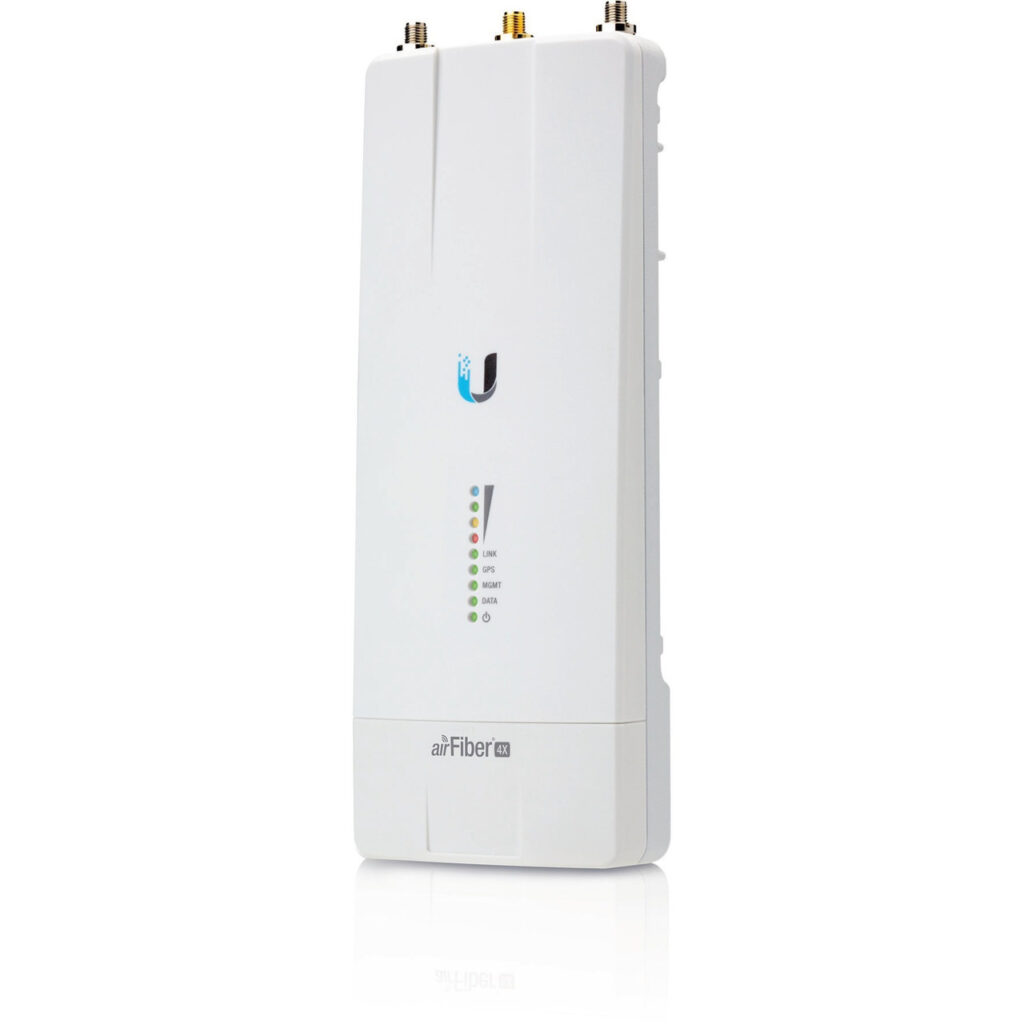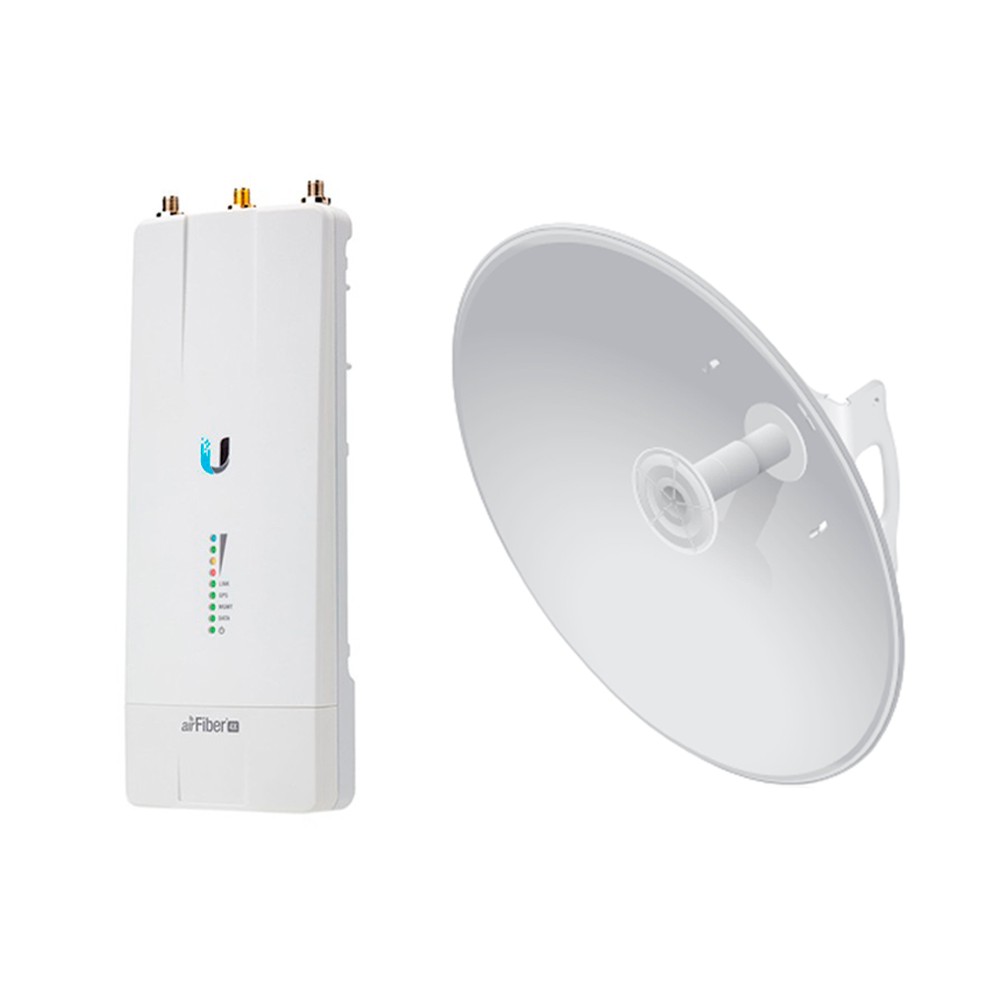In today’s increasingly connected world, Outdoor Wireless Technology plays a crucial role in enabling secure, fast, and reliable communication across open environments. From residential buildings and large corporate campuses to industrial complexes and public infrastructure, the demand for strong outdoor wireless networks is growing at an unprecedented pace. But what makes Outdoor Wireless Technology so vital, and how can organizations leverage it for maximum benefit? In this article, we’ll explore the core advantages, applications, and essential components of outdoor wireless systems.
What Is Outdoor Wireless Technology?
Outdoor Wireless Technology refers to the set of wireless networking solutions specifically designed for exterior environments. Unlike indoor Wi-Fi systems, outdoor solutions must withstand harsh weather conditions, extended coverage ranges, and a higher density of connected devices. These systems typically use ruggedized access points, high-gain antennas, and directional signal transmission to ensure strong, consistent connections. Whether it’s a university campus or a large construction site, Outdoor Wireless Technology provides the essential infrastructure for uninterrupted communication.
Key Benefits of Outdoor Wireless Networks
There are many reasons why businesses and institutions are turning to Outdoor Wireless Technology:
-
Extended Coverage: These systems can deliver connectivity across vast open areas, eliminating dead zones.
-
Flexibility: Users can connect on the move, ideal for outdoor operations or mobile teams.
-
Reduced Cabling Costs: No need for long cable installations, reducing infrastructure and maintenance expenses.
-
High Scalability: Additional access points can be added with minimal disruption.
-
Enhanced Productivity: Teams can collaborate seamlessly outdoors without being tethered to a desk.
With these benefits in mind, it’s no surprise that Outdoor Wireless Technology is fast becoming a standard for modern business environments.
Top Use Cases for Outdoor Wireless Technology
The implementation of Outdoor Wireless Technology spans many industries and environments:
-
Educational Institutions: Providing outdoor Wi-Fi in courtyards, sports fields, and campuses
-
Public Spaces: Enabling connectivity in parks, city squares, and public transport stations
-
Construction Sites: Allowing real-time data access and coordination
-
Warehouses and Logistics: Supporting wireless barcode scanners, tablets, and handheld devices
-
Resorts and Hotels: Enhancing guest experience by offering reliable outdoor internet access
In all these scenarios, Outdoor Wireless Technology provides the backbone of connectivity, allowing devices and people to stay in sync, even in challenging conditions.
Challenges in Deploying Outdoor Wireless Systems
While the benefits of Outdoor Wireless Technology are clear, deploying these systems does come with challenges. Environmental factors like wind, rain, and extreme temperatures can affect performance if equipment is not rated for outdoor use. Signal interference from nearby buildings or other wireless networks can reduce signal quality. Therefore, site surveys and proper placement of access points are essential. Additionally, ensuring physical security of the hardware, power supply, and reliable backhaul connectivity must all be factored into the system design.
Security and Surveillance Integration
One major application of Outdoor Wireless Technology is in modern security systems. Organizations often integrate outdoor wireless networks with camera security systems to provide real-time surveillance and monitoring. High-resolution video can be streamed wirelessly from remote corners of a campus, without the need for expensive cabling or trenching. The flexibility of wireless deployment allows rapid scaling of security infrastructure as facility needs evolve.
The Role of Cloud Keys & Gateways
In advanced deployments, Outdoor Wireless Technology is increasingly managed through cloud-based platforms. Cloud Keys & Gateways allow IT administrators to remotely monitor, configure, and troubleshoot outdoor access points. These tools simplify network management and improve uptime, making them essential for enterprise-grade networks. Centralized cloud control also ensures that firmware updates, security patches, and performance optimizations can be deployed with minimal disruption to users.
Choosing the Right Outdoor Wireless Equipment
To get the best results from Outdoor Wireless Technology, selecting the right hardware is crucial. Here are some key features to consider:
-
Weatherproof Enclosures: Look for IP65 or higher ratings to ensure durability
-
High-Gain Antennas: For extended signal range and stronger coverage
-
PoE Support (Power over Ethernet): Simplifies installation without needing separate power lines
-
Dual-Band or Tri-Band Capability: Reduces congestion and improves performance
-
Mesh Networking: Allows access points to work together for wider, more stable coverage
Investing in high-quality, enterprise-grade outdoor wireless gear ensures long-term performance and scalability.
Future Trends in Outdoor Wireless Technology
As technologies like 5G, IoT, and smart city solutions continue to expand, Outdoor Wireless Technologys will become even more critical. We can expect to see:
-
AI-Driven Network Optimization: Automated adjustment of signal strength and channel selection
-
Increased Use of Solar-Powered Access Points: For remote or off-grid areas
-
Edge Computing Integration: Reducing latency and improving data processing at the source
-
Stronger Security Protocols: To protect wireless traffic from cyber threats in outdoor environments
These trends indicate that outdoor wireless solutions will be central to the infrastructure of future-ready organizations.
Conclusion
Outdoor Wireless Technologys is no longer a luxury—it’s a necessity for any modern business or institution that values flexibility, connectivity, and security. From enabling campus-wide Wi-Fi to supporting surveillance, logistics, and mobile teams, the role of outdoor wireless is expanding rapidly. By understanding its benefits, applications, and key components—including tools like camera security systems and Cloud Keys & Gateways—you can build a robust, scalable network that meets your organization’s outdoor connectivity needs.




